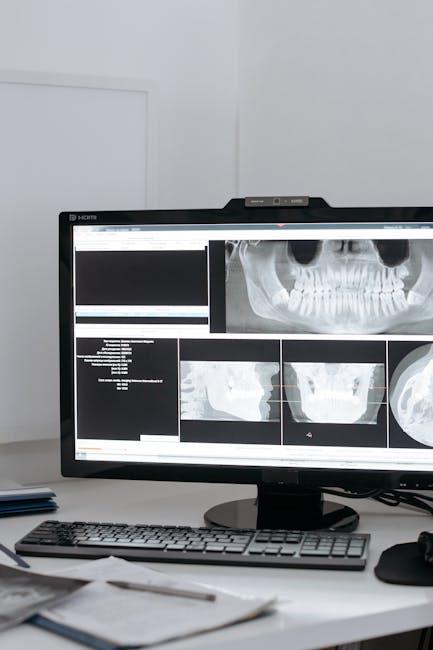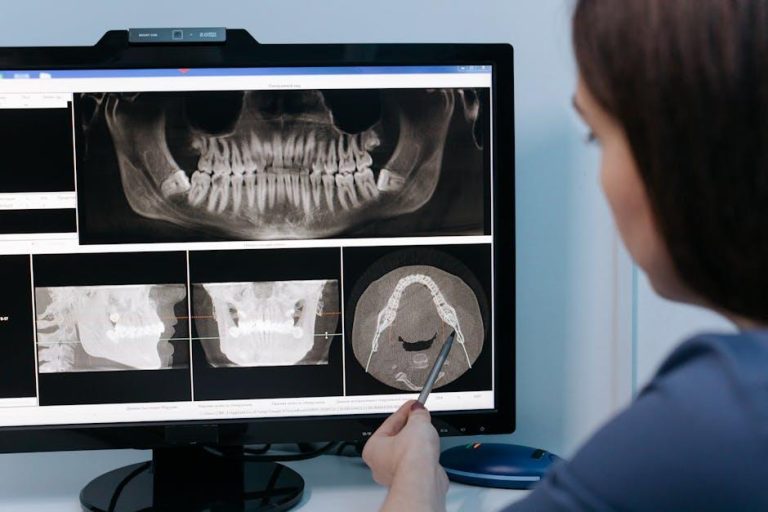
Dental Imaging Tech Boom: AI & 3D Scanners Reshaping the $6B Market
The dental industry is on the cusp of a revolutionary transformation, largely driven by the integration of Artificial Intelligence (AI) and advanced 3D scanning technologies. According to recent reports via PR Newswire, the dental imaging market, currently valued at over $6 billion, is experiencing unprecedented growth as these innovations redefine diagnostics, treatment planning, and patient experiences. This article explores how AI and 3D dental scanners are driving the boom, the benefits offered to dentists and patients alike, and what the future holds for this cutting-edge sector.
The Current Landscape of the Dental Imaging Market
Dental imaging plays a critical role in oral healthcare—ranging from routine check-ups to complex surgeries. Traditional two-dimensional X-rays and intraoral cameras have served dentists well, but they have limitations related to clarity, precision, and diagnostic accuracy. The emergence of 3D imaging technology and AI-powered software addresses these gaps, resulting in enhanced diagnostic capabilities and treatment outcomes.
Market Snapshot
| Segment | Market Value (USD Billions) | Growth Rate (CAGR) |
|---|---|---|
| 2D Dental Imaging | 2.5 | 4.1% |
| 3D Dental Scanners | 3.1 | 10.5% |
| AI-Powered Dental Solutions | 0.4 | 18.2% |
The rapid growth of AI-powered dental imaging solutions is expected to accelerate further, signifying an industry-wide shift towards digital dentistry.
How AI and 3D Scanners Are Reshaping Dental Imaging
Artificial Intelligence and 3D scanning technology are transforming dental imaging by providing highly accurate, fast, and non-invasive tools for dentists. Here’s how:
1. Enhanced Diagnostic Accuracy
AI algorithms analyze imaging data in real-time, identifying potential issues like cavities, gum disease, or structural anomalies that might go unnoticed by the human eye. AI-powered pattern recognition enables early detection, improving treatment success rates.
2. Detailed 3D Visualization
3D scanners produce detailed, volumetric images of teeth, jawbones, and surrounding tissue, enabling dentists to examine anatomy from multiple angles. This detail is invaluable for planning complex procedures such as implants or orthodontics.
3. Streamlined Workflow and Patient Experience
Modern dental scanners reduce imaging time, minimize patient discomfort, and digitize records automatically. When combined with AI, dental practices can offer faster consultations and personalized treatment plans.
Key Benefits of AI and 3D Dental Imaging
- Improved Treatment Outcomes: More precise imaging leads to better diagnoses and tailored treatment strategies.
- Reduced Radiation Exposure: 3D scanners use safer, low-dose imaging techniques compared to traditional X-rays.
- Cost Efficiency: AI-driven diagnostics reduce the need for repeat scans and help optimize resource utilization.
- Time Savings: Faster imaging and automatic analysis shorten appointment durations and speed up decision-making.
- Integration with Digital Workflows: Seamless compatibility with CAD/CAM systems for restorations and prosthetics.
Case Study: AI and 3D Scanning in Orthodontics
One leading orthodontic practice implemented AI-powered 3D scanners to enhance patient care. They reported the following results within one year:
| Metric | Before Implementation | After Implementation |
|---|---|---|
| Consultation Time | 45 minutes | 25 minutes |
| Treatment Accuracy | 82% | 95% |
| Patient Satisfaction | 78% | 92% |
This case highlights how AI and 3D imaging can simultaneously boost practice efficiency and patient care quality.
Practical Tips for Dental Practices Considering AI & 3D Imaging
- Invest in Training: Equip staff with adequate training to maximize the potential of new imaging tools and AI software.
- Start Small: Pilot one or two AI-powered devices or 3D scanners before full deployment to assess ROI and workflow integration.
- Prioritize Patient Communication: Use 3D visuals to educate patients, making consultations interactive and increasing their confidence in treatment plans.
- Collaborate with Technology Partners: Work with reputable vendors to choose hardware and software that fit your specific practice needs.
- Stay Updated: Dental imaging technology evolves rapidly; regularly update systems and AI models to leverage latest features and security improvements.
The Future of Dental Imaging Technology
The dental imaging market’s future looks incredibly promising. Experts predict:
- Increased adoption of AI-driven predictive analytics for preventive dentistry.
- Greater integration of 3D imaging with augmented reality (AR) for real-time treatment guidance.
- Development of portable 3D scanners enabling mobile and remote dental care.
- Enhanced integration with electronic health records (EHRs) for seamless data sharing and patient management.
As these technologies mature, the $6B dental imaging market will continue to expand, driven by technological innovation and growing demand for superior patient outcomes.


